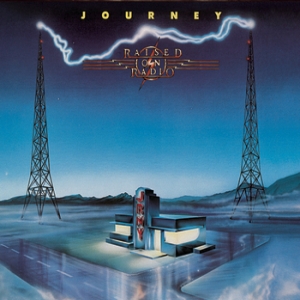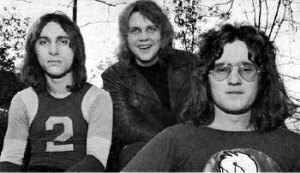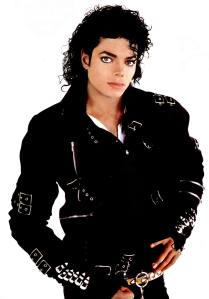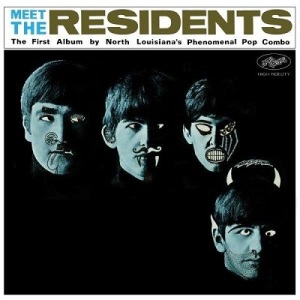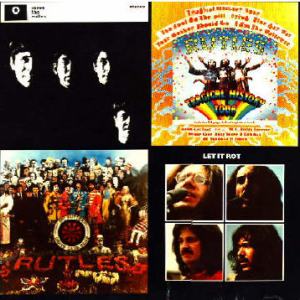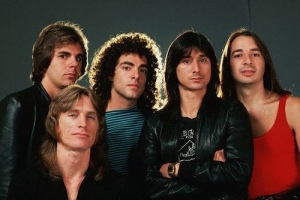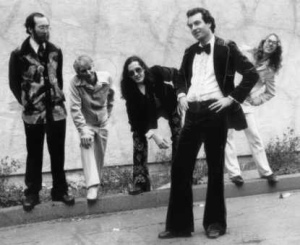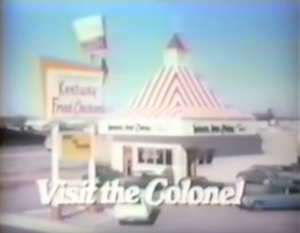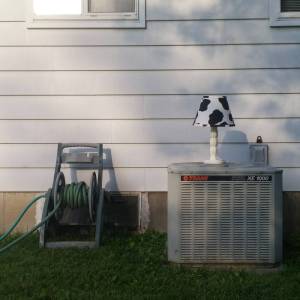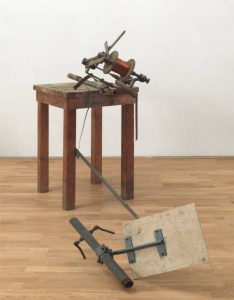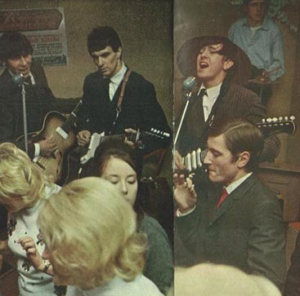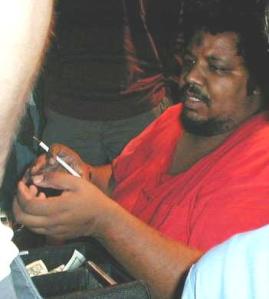
Wesley Willis (1963-2003), a chronic schizophrenic from Chicago, Illinois, wasn’t typical of most African-American musicians of the 1990’s. In fact, his music is very, very interesting because he was one of the many innovators in the outsider music genre. Wesley’s music consists of a rather experimental from of punk rock that was created by him singing humorous, sometimes obscene and absurd lyrics over the auto accompaniment feature on his Technics KN series electronic keyboard, sometimes incorporating his own keyboard sounds and experimental effects on top of the pre-programmed music. Almost all of his songs end with the catchphrase “Rock over, London! Rock on, Chicago!”, followed by a random advertising slogan. Wesley was one of the discoveries of Dead Kennedys frontman Jello Biafra, who helped signed him to his Alternative Tentacles label in the mid-1990’s. He also fronted a hardcore punk band called The Wesley Willis Fiasco, which helped him boost his cult status.
I first discovered Wesley Willis after I first heard a song by him while watching the movie Super Size Me in Arlington High School in Riverside, California, called “Rock n’ Roll McDonald’s”. The use of that song in the movie made perfect sense when you consider the movie to be a documentary about McDonald’s and the rest of the fast food empire.
I made a YouTube playlist of his songs, all of which I’m going to review for this article.
“Rock n’ Roll McDonald’s”-One of Willis’ more simple-sounding songs, about a Chicago-area McDonald’s location that was filled with rock music memorabilia. This just has the keyboard music along with a bit of echo on his vocals during the chorus.
“Northwest Airlines”-A song about an airplane trip to San Diego, this piece is much slower and features ambient synth effects. The America Airlines slogan at the end perfectly matches the airplane theme of the song.
“The Chicken Cow”-In the same tempo as “Rock n’ Roll McDonald’s”, but in a much different key. The lyrics are about a cryptid with a silly name, but is in fact one deadly creature.
“Kris Kringle was a Car Thief”-This begins with samples of a cheering crowd with Wesley speaking to the “audience”, followed by a song about a guy named Kris Kringle, unrelated to Santa Claus, who likes to steal cars. The crowd sounds continue until they stop in the middle instrumental section, which has some ocean sound effects.
“Ward My Rock Music Off”-This piece sounds like it features a different keyboard because the guitar in the pre-programmed music has a much more twangy sound, and it also features a dance music-sounding synth bass playing in rhythm with the music. Later, you hear a collage of strange sound effects, such as that of cars passing by, playing along to the music.
“Pink Floyd”-This is a song about a Pink Floyd concert at Soldier Field that Wesley had a chance to see. This song features Wesley playing a droning synth bass along to the music.
“Mr. Magoo Goes to Jail”-This song about the titular cartoon character going to jail for armed robbery features Wesley’s vocals that were electronically processed. I think he was using a harmonizer for this song. During the instrumental section, you hear various electronic sound effects. At the final section, you hear what sounds like a machine gun.
“Jadroplov”-This is a much more experimental piece, beginning with the sound of a bell ringing with an imaginary conversation between Wesley and a plummer. It leads into a fast punk piece with electronically-processed vocals and bird sounds. It ends with an electronic loop of the word “Chicago” during his catchphrase.
“Shonen Knife”-A song about a concert Wesley went to see featuring the Japanese all-girl punk group Shonen Knife.
“Elvis Presley”-A song dedicated to the King of Rock n’ Roll, this piece is much slower, but also featuring strange harmony vocals and thunder sound effects (at the beginning, you also hear a reverbed electronic pulse).
“Black Flag”-A song about the Southern California hardcore punk pioneers, this features Wesley singing over a different musical accompaniment on the keyboard, which sounds like a simple punk rock melody, with harmonizer-altered vocals. This also has electronic wordless voice effects and strange sound effects, like that of a baby crying, a dog barking, and a record scratching.
“Black Sabbath”-A song about a Black Sabbath concert, this has a rapid synthpunk melody performed on a different keyboard, along with distorted vocals.
“Bill Clinton”-An ode to the former President of the United States, this is rather simple-sounding just like “Rock n’ Roll McDonald’s”.
“Agent Orange”-A song about an Agent Orange concert, accompanied by a synthpunk melody similar to that of “Black Sabbath”.
“Rev. Norb Rozek”-This song begins with some fake gunshot sounds followed by a death threat, leading to an ode about the lead vocalist for the punk rock band Boris the Sprinkler.
“October 31”-A song about an October 31 concert (October 31 were a heavy metal band), backed by a phased-out synthpunk jam with some weird electronic effects.
“Put the Gun Down”-An attack against gun violence, this song is accompanied by a low droning synth bass and warbling electronic sounds.
“Shoot All My Rhythm Down”-This has an echoey keyboard punk jam with Wesley singing about a schizophrenic episode. This also has some ocean and seagull sound effects in the instrumental section.
“Dixon Spivy”-An ode to a doctor named Dixon Spivy, accompanied by group vocals, street sound effects and some other sound effects, but I cannot identify what they are.
“Shoot My Harmony Music Down”-Another song about a schizophrenic episode, this is accompanied by a synthpunk melody.
“Oprah Winfrey”-Beginning with a cheerful rant from Wesley, this leads to a distorted punk melody with an ode to Oprah Winfrey.
Wesley Willis’ music is synthpunk, but it’s rather interesting synthpunk. I would suggest that if you’re a fan of incredibly strange music or modern-day outsider music, then by all means, listen to Wesley Willis’ music, and have fun. This guy is definitely one of the best punk musicians I had ever come across.
